The moving 52-week average revenue per available lodging unit trend line of hotels, condo-hotels and campsites is currently near its long-term average rate of change
Trend lines for the average rate of change for lodging reflect the direction and rate of change in lodging business performance indicators. The graphs below show the 52-week average rate of change during each rental week between Feb. 10, 2013, which was week seven of that year, and Feb. 10, 2018, which is week six. Each point on the lines reflects the 52-week average rate of growth (or, if below zero, the rate of decline) in business performance at one historic moment in time. The slope of the lines reflects the rate of increase or decrease in the rate of change from week to week. The metrics being analyzed by the centers are the 52-week average rate of change in average percent occupancy (APO), average daily rate (ADR) and average revenue per unit. Results for two broad segments of the transient lodging industry are shown. These are the hotel, condo-hotel and campsite (HC-HC) segment, which consists of sleeping spaces rented on a nightly basis and vacation rental properties (VRPs), which are sleeping units that are rented on a weekly basis. Calendar rental weeks are numbered one through 52 and are indicated on the horizontal axis of the graphs. Peaks and troughs in the 52-week average rate of change for each metric are labeled for ease of reading.
For the Brittain Center’s sample of HC-HC properties (see the CVB Insider), long term 52-week average rate of change in average percent occupancy (APO) has been 1.2 percent. During 2017, with the exception of the two weeks during which the Easter/Passover calendar shifted compared with the previous year, the weekly 52-week average rate of change stayed within 0.4 percent of its long-term rate of change until June , at which time the average rate of change in APO began to fall more deeply and continued to do so through September. Beginning in October, the 52-week average rate of change for HC-HC APO rebounded. It now stands at 0.6 percent. The long-term moving average rate of change for average daily rate (ADR) for HC-HCs has been 3.6 percent. During 2017 the moving average rate of change for this metric stood at almost 6 percent until mid-September, at which time its rate of change began to fall. Nevertheless, it is currently 4.4 percent, which is still above its long-term average.
The long-term 52-week average rate of change in average percent occupancy (APO) for the Brittain Center’s scientifically random sample of Horry County VRPs (217 units weekly) has been 0.4 percent. The long-term average rate of change in average advertised rental price (AWR) for VRPs has been 2.3 percent. The weekly average rate of change in AWR crossed below its long-term average in September 2017. The weekly average rate of change in APO crossed below its long-term average at the end of October 2017. By January, the average weekly rate of change in APO bottomed at -5.3 percent. Currently the rate of change in APO has rebounded from its low to a level of -4 percent. The rate of change in AWR now stands a -1 percent.
The long-term 52-week average rate of change in revenue per available unit (RevPAU) for the Center’s sample of nightly rented HC-HCs has been nearly
5 percent, which is where the current 52-week average rate of change for this metric now stands. The long-term 52-week moving average rate of change for the Center’s sample of weekly-rented VRPs has been 2.6 percent. This metric turned negative in mid-October 2017, but may have now stabilized at -4.2 percent.
Readers may be interested to read the researchers’ analysis of performance trends between 2013-2016. These were analyzed in some detail in the December 2017 edition of the Grand Strander.
If you represent a lodging management company and you would like to become a participant in the centers’ research and receive weekly segment-level results and six-week occupancy forecasts, feel free to contact Taylor Damonte, tdamonte@coastal.edu, or Gary Loftus, gloftus@coastal.edu, at Coastal Carolina University.

